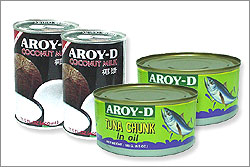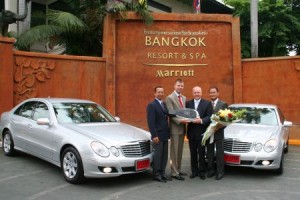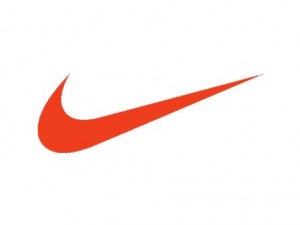Advertising during India vs Pakistan
The whole issue of advertising during the Superbowl is a phenomenal topic to study from a marketing standpoint. Most North American companies wait for that one day in the year to spend millions of dollars to buy a 30 second time slot, and put together the best possible commercial they can do.
However, in India, a chance like this happens even more rarely. Last night, in the Cricket World Cup 2011, India and Pakistan faced each other in the semi-final. In case you were wondering, the rivalry between India and Pakistan (especially in a cricket match) is so intense that India’s economy completely shut down for the day. So the fact that these two teams were to face each other in a semi-final of the biggest stage of Cricket was something that ESPN-Star Sports HAD to capitalize on.
They priced a 10 SECOND TIME SLOT at $38000. That is close to a 400% increase from the regular price of a commercial time slot. Why would they do this? Those commercials would reach over 175 million households only in India, with millions of more viewers worldwide.
My question is: what types of companies and advertising would be used in this situation? Only companies that can afford this huge fee can afford to buy out a time slot. Companies like Pepsi, Vodafone, Aircel and appliance brand Whirlpool actually brought out the big bucks and also used their brand associations with some of India’s top stars in order to make the most of this time slot.

All of these companies have been leaders in their respective industries for years and their products are peaking in the maturity stage of a product life cycle. Sure enough, after viewing these advertisements it was clear that each company was using persuasive and reminder advertising, and used this time slot to get into the heads of the 175 million households around India. I know after I saw the Pepsi advertisements during the game, I was craving Pepsi so much that I actually went out of my way to buy a bottle! Companies like Pepsi will have to wait for the numbers to come it to find out exactly how beneficial those time slots actually were.

 Comments(0)
Comments(0)










